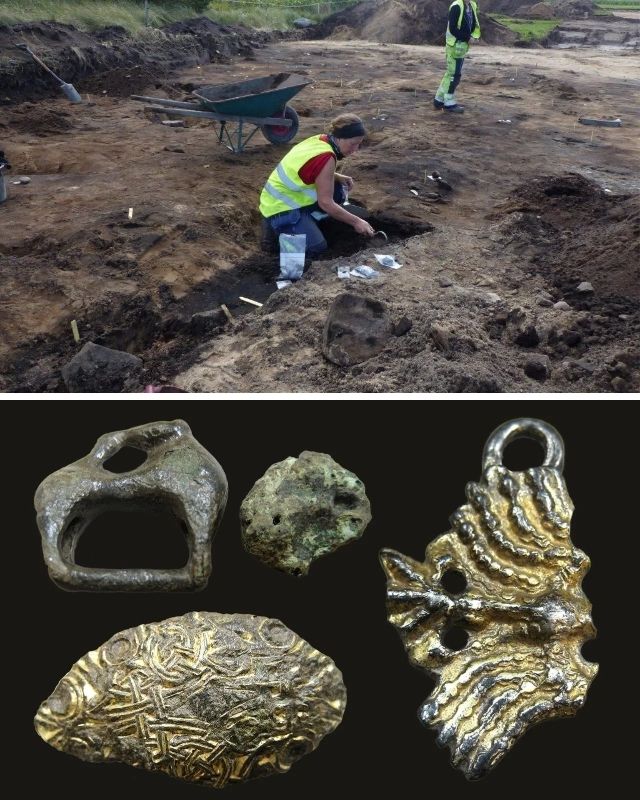In the rolling fields of Tvååker, Sweden, archaeologists unearthed a Viking Age cemetery unlike any other—a burial ground featuring ship-shaped stone mounds, rich grave goods, and ceremonial artifacts. This unexpected discovery of more than 100 graves has opened a new chapter in understanding Viking traditions, offering a glimpse into the rituals and beliefs of one of history’s most intriguing civilizations.
Unearthing a Forgotten Cemetery
The Viking cemetery was discovered during routine excavations in 2017 ahead of planned road construction in the village of Tvååker, located in southern Sweden. Archaeologists initially expected to find remnants of an ancient settlement, but instead stumbled upon an extensive burial ground.
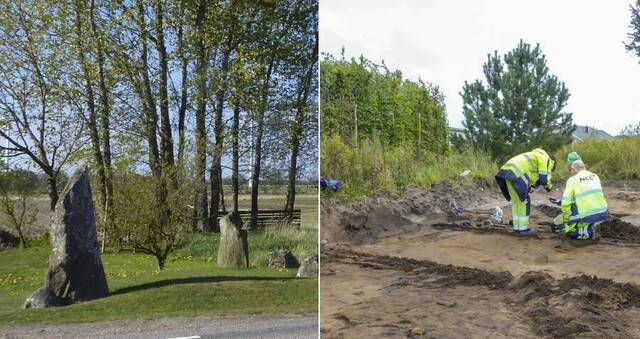
The site, which had been leveled and plowed over centuries, concealed its secrets well. Project leader Petra Nordin from the National Historical Museums explained, “All the occupation levels, above-ground remains, and burials had been plowed to pieces.” Despite this, the team uncovered 139 graves filled with fascinating artifacts, including human and animal remains, metal accessories, and ceramics.
So far, only six percent of the cemetery has been excavated, hinting at the scale and importance of this burial ground. The unexpected find underscores the value of routine archaeological work, which often reveals hidden chapters of history.
Stone Ships: A Unique Viking Burial Tradition
One of the cemetery’s most striking features is its use of “stone ships.” These graves were surrounded by large stones arranged in the shape of boats, a symbol deeply embedded in Viking culture. Boats held great significance for the Vikings, representing both their seafaring prowess and their journey to the afterlife.
The stone ships may have served as metaphors for transporting the deceased to the realm of the gods. This symbolism aligns with Viking beliefs about Valhalla, the hall of warriors, or other afterlife destinations. These ship-shaped graves demonstrate the Vikings’ intricate blend of practicality and spiritual symbolism in their burial practices.
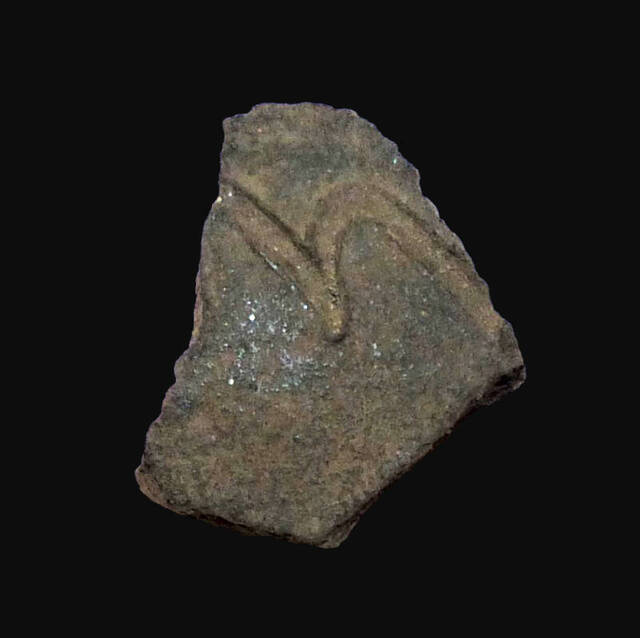
Grave Goods: Insights Into Viking Life and Death
The cemetery’s graves were rich with artifacts, reflecting the wealth, status, and beliefs of those buried there. One particularly elaborate burial included 17 ceramic vessels, woven weights, iron arrowheads, and both human and animal bones. Archaeologists believe the square pit in this grave was designed to create airflow for a cremation pyre.
Animal sacrifices were also a common feature of Viking funerals. Cows, pigs, and other animals were placed atop the graves as offerings, possibly intended to accompany the deceased into the afterlife or serve as sustenance for their journey.

Among the treasures found was a fragment of a silver coin from Arabia, dated to between 795 and 806 CE. This discovery highlights the Vikings’ extensive trade networks, which spanned from Scandinavia to the Middle East. Other artifacts included a gilded buckle clasp and a bird-shaped pendant, both showcasing the Vikings’ sophisticated craftsmanship and artistic sensibilities.
The Role of Cremation in Viking Burials
Many graves at Tvååker show evidence of cremation, a common Viking funerary practice. The body would be burned on a funeral pyre, and the ashes, along with grave goods, would be buried or placed within the stone ship outlines. Cremation was believed to release the soul and prepare it for the afterlife.
This practice also had practical benefits, as it reduced the risk of grave robbery and symbolically purified the remains. The presence of elaborate cremation pits at Tvååker demonstrates the importance of this ritual in Viking culture, blending spiritual beliefs with meticulous preparation.

An Arabian Coin: Evidence of Global Connections
The discovery of an Arabian silver coin at the site underscores the Vikings’ far-reaching trade routes. Dated to the late 8th or early 9th century, the coin connects this cemetery in southern Sweden to a global network of exchange that included Europe, the Middle East, and Asia.
Such coins were often brought back by Viking traders or raiders who ventured along rivers like the Volga and into the Islamic Caliphates. These objects served not only as currency but also as symbols of wealth and prestige, reinforcing the interconnectedness of the Viking world with distant cultures.
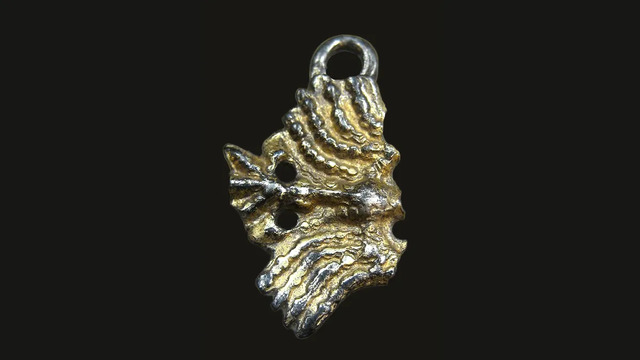
Challenges in Understanding the Cemetery’s Origins
Despite the wealth of artifacts uncovered, the settlement associated with the cemetery remains elusive. Archaeologists have yet to determine whether the village was located near the burial ground or closer to the mouth of the Tvååker River. This uncertainty raises questions about the community that created and maintained this cemetery.
The absence of clear settlement evidence highlights the challenges archaeologists face when piecing together Viking history. The plowing and leveling of the land over centuries have erased many traces of daily life, leaving only the most durable elements—like stone ship outlines and metal artifacts—to tell the story.
Cultural and Historical Significance
The Tvååker cemetery provides invaluable insights into Viking Age society, from their burial customs to their trade connections. The combination of elaborate grave goods, animal sacrifices, and symbolic stone ships reflects a society deeply rooted in ritual and belief.
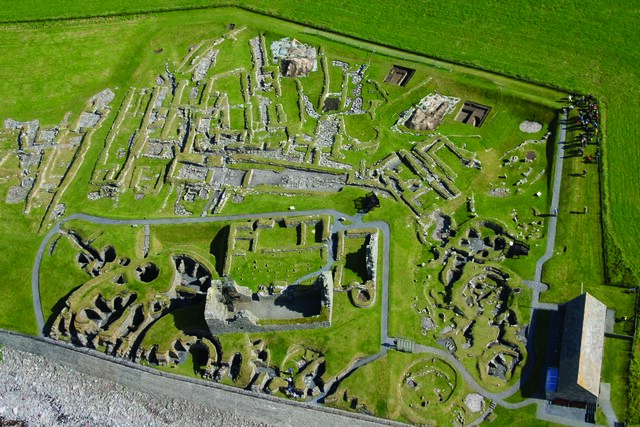
This site also challenges preconceived notions about Viking life. Far from being purely raiders and warriors, the Vikings were skilled artisans, traders, and spiritual people with complex cultural practices. The cemetery offers a more nuanced view of their civilization, highlighting their creativity, adaptability, and reverence for the dead.
Preserving and Interpreting the Site
Efforts are underway to preserve the artifacts and analyze the site further. The National Historical Museums of Sweden are using advanced techniques, including 3D mapping and material analysis, to study the graves and their contents. These methods will help archaeologists reconstruct burial rituals and better understand the cemetery’s significance.
Future excavations may uncover additional graves, artifacts, or even the elusive settlement associated with the burial ground. By preserving these findings, archaeologists ensure that the legacy of the Viking Age continues to inspire and educate future generations.
Conclusion
The Viking cemetery in Tvååker is a remarkable discovery that sheds light on the rituals, beliefs, and global connections of a fascinating era. From stone ship burials to Arabian coins, the site tells a story of a civilization that was as spiritual and artistic as it was adventurous. As archaeologists continue their work, the secrets of this burial ground promise to deepen our understanding of Viking culture and their enduring impact on history.
